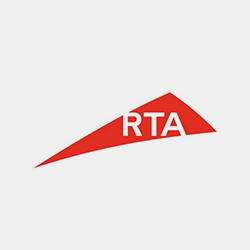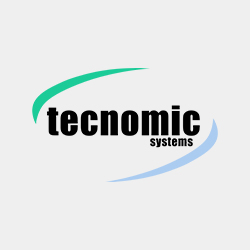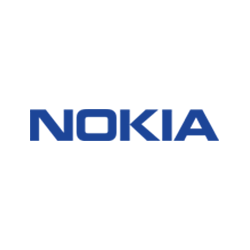The last two decades have seen the most technological revolution – digital technology taking its lead in various forms. When it comes to digitization as a game-changer, we have numerous examples that caused creative destructions. From tablets and laptops to smart televisions, the 21st century household is often packed with gadgets and devices. Broadband, connected TV, internet gaming, smart meters, virtual assistants and smart locks are just few.
Communications, Document management, e-Governance, digital signatures, digital photography, digital payments for a cashless economy, books and library, media and journalism, e-commerce, recruitment, content provisioning, security services and many more – all have taken a different route in their own ways. In some cases, even though the whole industry has not been contained by the digital revolution, many of the primary components got transformed.
The newsrooms of the 80s were a fascinating combination of reporters, sub-editors, senior editors on the one hand, and the proofreaders, page makers, designers and others on the other. The phototypesetting operators were privileged, sitting in clean and air-conditioned environments, meant more for the machines rather than for them. You had to take off your shoes to enter their dust sensitive arena. Computers systems started entering newsrooms, and editors and reporters did not have to go to the composing departments to get their manuscripts linotyped and cast since the 1970s into slugs. With the breakthrough of modern information technology, the more than 100-year old telegraph, telegraph, telex machine and teleprinter lost its role.
News production is no longer the periodic, linear process with a single, fixed output that it was in the era of the printed newspaper. It is now a continuous loop of news gathering, processing, versioning, output, response, and update.
Intelligent and algorithm driven cost-effective advertising prompts users to drop advertising from traditional newspapers. Other dominant services encyclopedias like Wikipedia, which isn’t merely about alternative publishing and distribution forms but about an entirely new production order.
This has been made possible during the last two decades by decreasing the format — transitioning from broadsheet to tabloid and decreasing the total number of pages—and, occasionally, extensive reductions in the number of employees.
Barriers to entry: With newspapers coming online, as rightly mentioned in our lessons, cost of starting an online media system is way lower than the physical traditional news-house. With free speech a right across most nations, there is very less barriers to a new entrant.
For a user, with many subscription models in place, the switching costs are very low. Same time, people subscribe to multiple newsrooms from the same device, making room for multi-homing.
Not just the way its done, but the whole existence itself!
With the increased usage and accessibility of the internet, there has been an ongoing debate about what print media’s role will be in the digital world and what its future might look like.
There have been different opinions – some of the more extreme ones claim that print will cease to exist in as little as five years, while others believe it will only remain in the form of special editions by publications. Conversely, many argue that because of the abundance of information online and the content being screen-bound, readers will favour the touch of paper, enhancing print media’s appeal. They believe that a reader’s time spent flipping through pages could never be replaced by a digital screen. But even then, it becomes only a matter of nostalgia.
--------------------------------------
Author: Tomy Varghese, Managing Director, Timesworld (2020)
Having worked in a media room in the 90s and later with dynamic and emerging technologies, the author recalls the transformations in the industry from an insider and later as an outsider.
















.png)




.png)









.png)
.png)

.png)
.png)
.png)
















.png)



.png)
















































































.png)








































